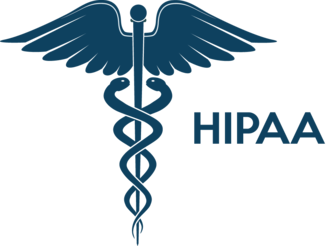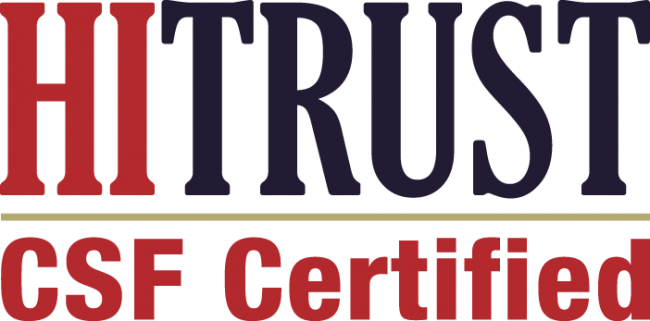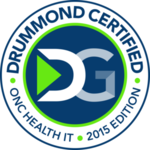The Medicare Advanced Primary Care Management (APCM) program is a transformative initiative designed to enhance the quality of primary care while improving reimbursement for healthcare providers. As the U.S. healthcare system shifts toward value-based care, APCM encourages providers to focus on care coordination, preventive services, and chronic disease management, ultimately leading to better patient outcomes and financial sustainability.
This blog explores key aspects of the APCM program, including its benefits, eligibility requirements, reimbursement strategies, and best practices to optimize both revenue and patient outcomes.
What Is the Medicare Advanced Primary Care Management (APCM) Program?
The APCM program is part of Medicare’s broader efforts to transition away from fee-for-service (FFS) payments toward value-based care models. It provides financial incentives for primary care providers (PCPs) who deliver high-quality, coordinated care, particularly for patients with chronic conditions.
The core objectives of the APCM program include:
- Improved Care Coordination: Ensuring seamless transitions between different care settings.
- Chronic Disease Management: Reducing hospital admissions and emergency visits through proactive care.
- Preventive Health Services: Encouraging screenings, vaccinations, and early intervention strategies.
- Enhanced Patient Engagement: Utilizing digital tools, remote monitoring, and shared decision-making.
Key Features of APCM
- Monthly Care Management Payments (PBPM): Providers receive per-beneficiary-per-month (PBPM) payments for comprehensive care management.
- Performance-Based Incentives: Additional payments based on quality metrics, patient satisfaction, and cost savings.
- Flexibility in Care Delivery: Allows virtual care, telehealth, and remote monitoring to improve access and efficiency.
- Data-Driven Decision-Making: Emphasizes population health analytics and predictive modeling to enhance care strategies.
Eligibility Criteria for APCM Participation
To qualify for the APCM program, providers must meet certain eligibility requirements, including:
- Provider Type: Eligible providers include primary care physicians, nurse practitioners, physician assistants, and certain rural health clinics (RHCs) and federally qualified health centers (FQHCs).
- Medicare Patient Population: Providers must have a significant proportion of Medicare beneficiaries.
- Use of Certified EHR Technology (CEHRT): Participation requires adherence to electronic health record (EHR) interoperability standards.
- Commitment to Value-Based Care: Practices must demonstrate a proactive approach to patient engagement, care coordination, and chronic disease management.
How to Maximize Reimbursement under the APCM Program
1. Leverage Monthly Care Management Payments
The APCM model offers a monthly PBPM payment, which means providers should ensure they are actively managing their enrolled patients. Strategies include:
- Enrolling Eligible Patients: Focus on Medicare beneficiaries with chronic conditions to maximize payments.
- Proactive Outreach: Schedule regular follow-ups, medication adherence reminders, and preventive screenings.
- Remote Patient Monitoring (RPM): Implementing RPM solutions can improve patient engagement and clinical outcomes.
2. Meet Quality Metrics for Performance-Based Incentives
APCM reimbursement is tied to quality measures, including:
- Preventive Care Utilization: Ensure patients complete recommended screenings and vaccinations.
- Chronic Condition Management: Keep conditions like diabetes, hypertension, and COPD under control.
- Patient Experience Scores: Implement patient engagement tools and satisfaction surveys.
- Hospital Readmission Rates: Improve care transitions to prevent avoidable readmissions.
3. Optimize Billing and Documentation
- Accurate Coding: Use CPT codes for chronic care management (CCM), remote therapeutic monitoring (RTM), and annual wellness visits (AWV) to capture all eligible reimbursements.
- EHR Utilization: Automate data collection and documentation for compliance and efficiency.
- Regular Performance Audits: Monitor key financial and clinical indicators to identify areas for improvement.
4. Incorporate Digital Health Solutions
- Telehealth and Virtual Visits: Maximize access for patients with mobility issues or in remote areas.
- AI-Driven Predictive Analytics: Identify at-risk patients and provide early interventions.
- Patient Portals & Mobile Apps: Encourage patient engagement and self-management.
Improving Patient Outcomes in the APCM Model
1. Enhancing Care Coordination
- Develop multidisciplinary teams including physicians, nurses, pharmacists, and behavioral health specialists.
- Utilize care navigators to assist patients in scheduling follow-ups and managing medications.
2. Expanding Preventive Care Services
- Encourage patients to complete Annual Wellness Visits (AWVs) and vaccinations.
- Implement behavioral health screenings and interventions.
3. Improving Medication Adherence
- Use medication therapy management (MTM) programs to reduce adverse drug interactions.
- Offer home delivery and pharmacy synchronization to simplify medication routines.
4. Empowering Patients with Self-Management Tools
- Educate patients on lifestyle changes for chronic disease prevention.
- Provide access to wearable devices for real-time health tracking.
The Financial Impact of APCM: Facts & Figures
- Medicare beneficiaries with chronic conditions account for 90% of total Medicare spending, highlighting the need for structured primary care management.
- Practices implementing care coordination models have seen a 15-20% reduction in hospital admissions and improved patient engagement scores.
- CMS reports that practices using value-based care models like APCM can achieve up to 30% higher revenue per patient compared to traditional fee-for-service.
- Chronic Care Management (CCM) services, a key component of APCM, offer practices $42-$138 per patient per month, contributing to significant additional revenue.
Conclusion
The Medicare Advanced Primary Care Management (APCM) program offers primary care providers an opportunity to enhance patient care while securing stable, value-based reimbursements. By focusing on proactive care management, digital health integration, and quality performance metrics, providers can maximize both financial returns and health outcomes.
By leveraging tools like remote monitoring, care coordination software, and population health analytics, providers can streamline operations and ensure compliance with APCM requirements.
As Medicare continues to shift toward value-based payment models, adopting APCM strategies today can position providers for long-term success in primary care delivery.






